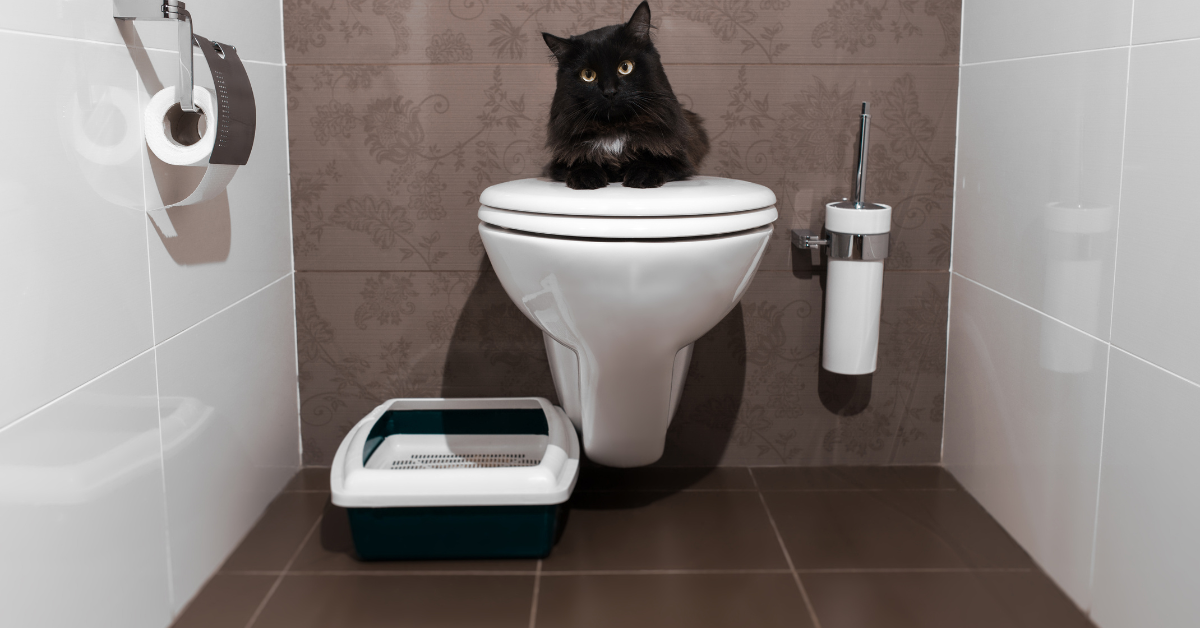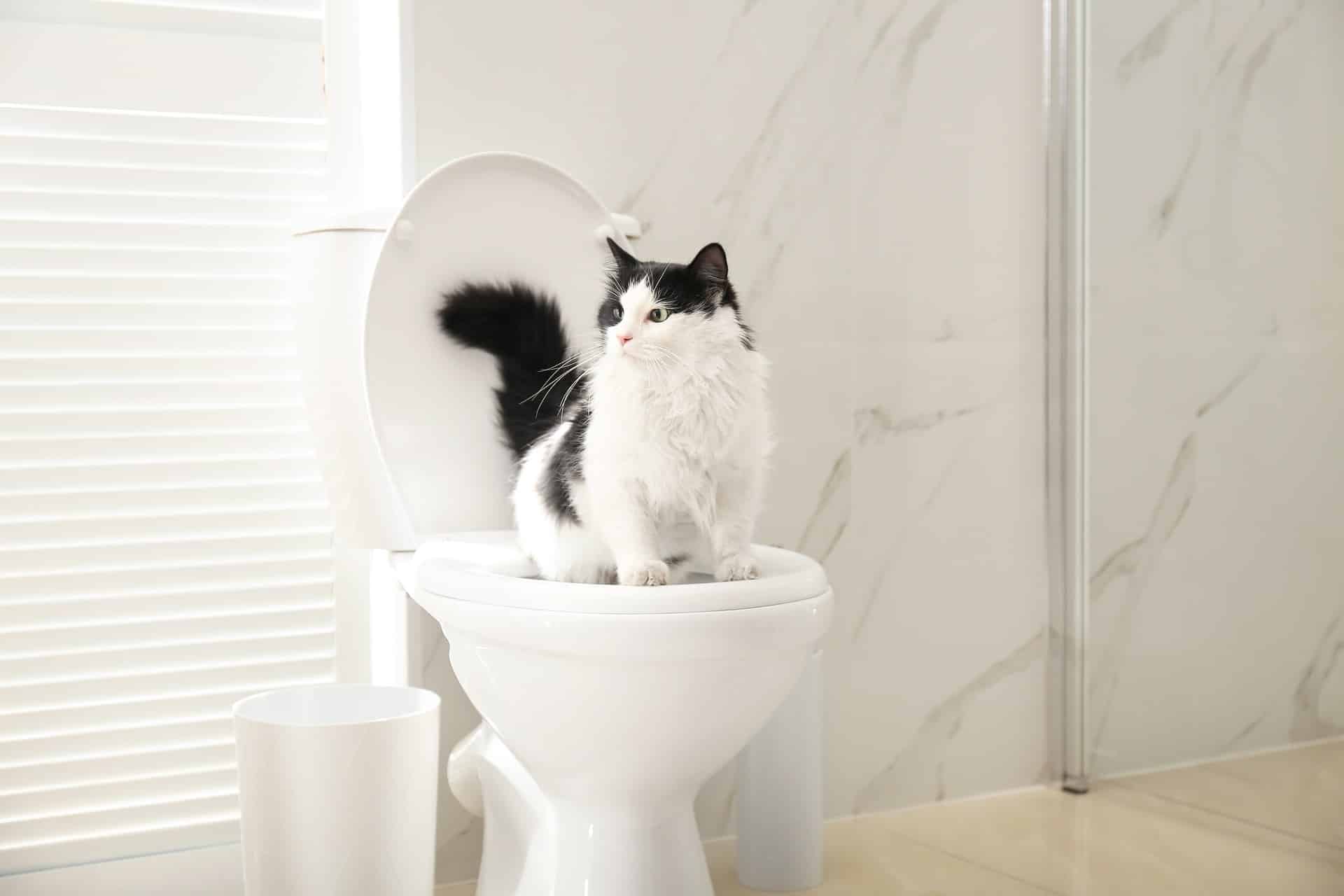Motives Why You Have to Never Empty Animal Waste Down the Toilet
Motives Why You Have to Never Empty Animal Waste Down the Toilet
Blog Article
How do you really feel about 10 Things You Should Never Flush Down The Toilet?

When it involves disposing of waste, especially animal waste, many people typically resort to the hassle-free option of flushing it down the bathroom. Nevertheless, this seemingly easy option can have major repercussions for the atmosphere and public health. In this article, we'll discover why flushing animal waste down the commode is a poor concept and give alternative methods for proper disposal.
Intro
Correct waste disposal is vital for maintaining ecological sustainability and public health. While it may appear safe to flush animal waste down the bathroom, it can cause different concerns, both for the atmosphere and human health.
Risks of flushing animal waste
Ecological influence
Flushing animal waste introduces unsafe microorganisms and pathogens into waterways, which can negatively affect aquatic communities. These pathogens can infect water sources and harm marine life, disrupting delicate ecosystems.
Public health concerns
Pet waste has harmful bacteria such as E. coli and Salmonella, which can present severe health and wellness risks to people. Purging animal waste down the toilet can infect water products, bring about the spread of conditions and infections.
Alternatives to flushing
Rather than flushing pet waste down the bathroom, there are numerous alternate disposal methods that are a lot more environmentally friendly and sanitary.
Composting
Composting animal waste is an eco-friendly means to get rid of it. By composting, organic matter is broken down right into nutrient-rich soil, which can be utilized to fertilize yards and plants.
Landfill disposal
Disposing of animal waste in a landfill is an additional option. While not as environmentally friendly as composting, it is a more secure alternative to flushing, as it stops the contamination of water sources.
Animal garbage disposal systems
There are customized family pet waste disposal systems available that safely and hygienically throw away pet waste. These systems usually make use of enzymes to break down waste and eliminate smells.
Actions to correct animal garbage disposal
To ensure appropriate disposal of animal waste, follow these steps:
Scooping and nabbing waste
Frequently scoop and bag pet waste making use of biodegradable bags. This prevents waste from contaminating the setting.
Making use of marked waste containers
Dispose of bagged animal waste in designated waste containers, such as compost bins or landfill bins. Stay clear of flushing it down the commode in all prices.
Cleansing litter boxes and pet dog locations on a regular basis
Routinely clean litter boxes and pet locations to prevent the accumulation of waste and bacteria. Usage pet-safe cleaning products to keep hygiene.
Advantages of appropriate disposal approaches
Embracing correct disposal techniques for pet waste uses numerous advantages:
Lowered environmental pollution
Proper disposal approaches minimize the threat of environmental pollution, safeguarding waterways and communities from contamination
Lessened threat of water contamination.
By staying clear of flushing pet waste down the bathroom, the danger of water contamination is significantly reduced, guarding public health.
Improved sanitation and hygiene
Appropriate disposal approaches advertise better cleanliness and health, creating a safer setting for both human beings and pets.
Final thought
Finally, flushing pet waste down the toilet is harmful to the environment and public health. By taking on alternative disposal techniques and adhering to correct waste monitoring check here methods, we can lessen the adverse impact of pet waste and add to a cleaner, much healthier world.
What To Do With Dog Poo – The Do's And Don'ts Of Disposing Of Faeces
Dog poo bins
Some councils provide dedicated dog waste bins in popular dog-walking areas that can take dog poo that has been bagged but you can legally dispose of dog waste in any public litter bin, as long as it is securely bagged. This also applies to your wheelie bin at home.
Do not flush
Water companies do not recommend flushing dog faeces down the toilet because certain parasites can survive the water processing treatment and are potentially harmful to humans. You should also never consider flushing dog poo that has been bagged down the toilet as the bags will not break down and instead create severe blockages in the sewage system.
In the woods
The Forestry Commission promotes a ‘stick and flick’ method for dealing with waste in the woods. This means finding a stick and using it to flick any poo from off the path so that it is out of the way of other walkers. You could also bury it as long as it is not in an area where there might be livestock.
Livestock
Parasites found in dog poo can be transmitted to livestock if they inadvertently eat infected faeces that has been left on grazing land. This could result in the death of sheep or abortion in cattle so you should always make sure you pick up your dog’s waste in fields where livestock could be present.

Routinely clean litter boxes and pet locations to prevent the accumulation of waste and bacteria. Usage pet-safe cleaning products to keep hygiene.
Advantages of appropriate disposal approaches
Embracing correct disposal techniques for pet waste uses numerous advantages:
Lowered environmental pollution
Proper disposal approaches minimize the threat of environmental pollution, safeguarding waterways and communities from contamination
Lessened threat of water contamination.
By staying clear of flushing pet waste down the bathroom, the danger of water contamination is significantly reduced, guarding public health.
Improved sanitation and hygiene
Appropriate disposal approaches advertise better cleanliness and health, creating a safer setting for both human beings and pets.
Final thought
Finally, flushing pet waste down the toilet is harmful to the environment and public health. By taking on alternative disposal techniques and adhering to correct waste monitoring check here methods, we can lessen the adverse impact of pet waste and add to a cleaner, much healthier world.
What To Do With Dog Poo – The Do's And Don'ts Of Disposing Of Faeces
Dog poo bins
Some councils provide dedicated dog waste bins in popular dog-walking areas that can take dog poo that has been bagged but you can legally dispose of dog waste in any public litter bin, as long as it is securely bagged. This also applies to your wheelie bin at home.
Do not flush
Water companies do not recommend flushing dog faeces down the toilet because certain parasites can survive the water processing treatment and are potentially harmful to humans. You should also never consider flushing dog poo that has been bagged down the toilet as the bags will not break down and instead create severe blockages in the sewage system.
In the woods
The Forestry Commission promotes a ‘stick and flick’ method for dealing with waste in the woods. This means finding a stick and using it to flick any poo from off the path so that it is out of the way of other walkers. You could also bury it as long as it is not in an area where there might be livestock.
Livestock
Parasites found in dog poo can be transmitted to livestock if they inadvertently eat infected faeces that has been left on grazing land. This could result in the death of sheep or abortion in cattle so you should always make sure you pick up your dog’s waste in fields where livestock could be present.

I hope you enjoyed our article about Why you should never flush dog poop down the toilet. Thanks for spending some time to browse our piece of content. Don't hesitate to take the time to share this page if you appreciated it. We recognize the value of reading our article about Should you flush animal waste down the toilet.
Call Today Report this page